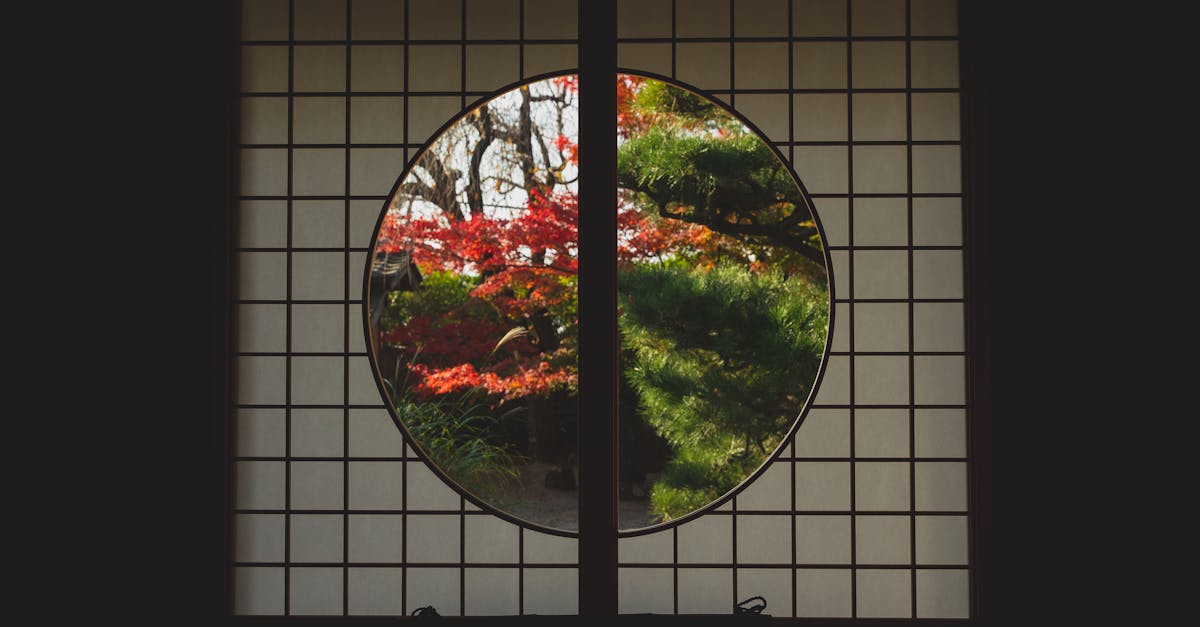Wondering if your flower pot really needs holes? We’ve all been there, questioning this age-old gardening dilemma.
In this text, we dive deep into the debate surrounding the necessity of holes in your beloved plant containers.
From drainage to root health, we’ll investigate the critical reasons why those tiny openings could make or break your gardening success.
Stick around as we examine the mystery behind the humble hole and its impact on your flourishing green companions.
Let’s settle the score once and for all on whether a flower pot truly needs those punctured bottoms.
Key Takeaways
- Proper drainage in flower pots is crucial for plant health, as it prevents waterlogging, root rot, and promotes healthy root growth.
- Adequate drainage holes help in preventing water stress, nutrient deficiencies, and overwatering in plants.
- Investing in pots with drainage holes benefits the root system, leading to flourishing growth and vibrant blooms.
- The debate between pots with holes and without holes depends on plant-specific needs, but proper drainage is generally recommended for most plants.

Importance of Proper Drainage
When it comes to our plant’s health, proper drainage is critical. Without it, waterlogged soil can lead to root rot and other issues. Having holes in your flower pots allows excess water to escape, preventing water from pooling at the bottom. This aeration promotes healthy root growth and helps prevent overwatering. It also ensures that nutrients are evenly distributed throughout the soil. Without adequate drainage, plants can suffer from water stress and struggle to thrive.
Ensuring our plant containers have proper drainage holes is a simple yet important step in maintaining healthy plants. If you want to learn more about the importance of proper drainage, check out this helpful article on Gardening Know How.
Impact on Root Health
When we talk about the health of our plants, we must consider the impact of proper drainage on root health. Without drainage holes in our flower pots, roots can suffer from waterlogging, leading to root rot and issues with nutrient absorption. These problems can stunt growth and even cause the plant to wilt and die prematurely. Ensuring that excess water can escape from the pot helps prevent these issues and promotes stronger, healthier roots.
Inadequate drainage can also result in soggy soil, depriving roots of important oxygen needed for growth. This can weaken the plant’s and so health and make it more susceptible to diseases. Healthy roots are required for the well-being of our plants, providing stability and support as well as aiding in the uptake of water and nutrients.
Investing in pots with proper drainage can greatly benefit the root system of our plants, leading to flourishing growth and vibrant blooms. Learn more about the importance of root health in plants from Gardening Know How and The Spruce.

Preventing Waterlogging
When it comes to flower pots, having proper drainage holes is critical. Without these holes, excess water can’t escape, leading to waterlogging. This can suffocate the roots, causing root rot and hindering nutrient absorption. To prevent waterlogging, make sure your flower pots have adequate drainage holes at the bottom.
To learn more about the importance of drainage in flower pots, you can check out this article on plant care tips.
Don’t forget that proper drainage is important for healthy root growth and and so plant well-being.
The Debate: Holes vs. No Holes
When it comes to the question of whether a flower pot needs holes, the debate can be a bit divisive. Some argue that drainage holes are important to prevent waterlogging, root rot, and promote healthy plant growth. On the other hand, there are those who believe that non-draining pots offer more control over watering and prevent soil from drying out too quickly.
Those in favor of drainage holes emphasize that they are critical for preventing water from accumulating at the bottom of the pot. This accumulation can lead to root rot and suffocate plant roots, as a result causing harm to the plant. But, proponents of pots without holes argue that they allow for more precise control over watering, especially for plants that prefer drier conditions.
In our experience, we recommend using pots with drainage holes for most plants as they help maintain proper soil moisture levels and prevent water-related issues. But, for plants that thrive in drier conditions or for specific design purposes, non-draining pots may be a suitable option.
When in doubt, after all that the choice between holes and no holes in flower pots as a result depends on the specific needs of the plant you are caring for.
- Read more about the importance of drainage holes in potted plants on Gardening Know How.
- Investigate different watering techniques for non-draining pots at The Spruce.

